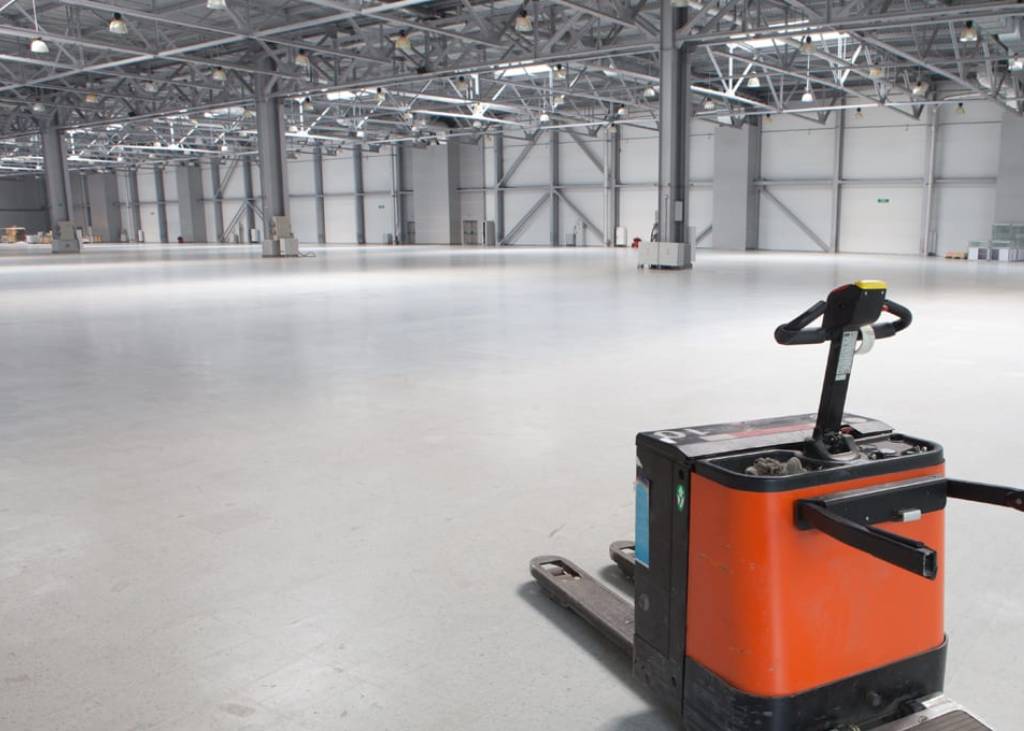Material Shortages

Avoid the pitfalls of material shortages.
We all understand the laws of supply and demand. But in the U.S. in general, plus being spoiled by the Amazon effect, we have come to expect products and materials to be in ample supply whenever we want them. Unfortunately, in the real estate and construction industries, that’s often not the case because obtaining supplies is becoming even more difficult as we increasingly demand just-in-time deliveries. The truth is, the construction procurement process takes time and material shortages arise more frequently and sometimes unexpectedly, causing project delays and increasing costs. Those that stay abreast of the supply landscape, plan ahead and make appropriate arrangements usually win out over others haphazardly vying for the same products.
Here are 3 ways a consulting company like Real Projectives® can help you plan and budget for material shortages.
1. Prioritize securing quantities before price.
When we work with clients, one of the areas we tackle is reviewing the availability of needed supplies and anticipating potential future shortages or significant price changes. Often we’ll suggest to owners and contractors that they reserve, if not fully procure, the necessary critical supplies while they are available—even if they have to pay a little more. That advanced step and extra money spent now can be nothing compared to the impacts associated with a project delayed due to lack of materials, as well as the stress of fighting with competitors for short supplies. While it’s not unusual to order structural steel or elevators as soon as possible, we might also suggest pre-purchasing items such as lumber or major machinery before an anticipated crunch in the market. These items can be purchased by the owner (be sure to have proper paperwork and insurance to safeguard those materials) and later be assigned over to the contractor for incorporation into the work of the project. Reserving or purchasing in advance can be the most effective way to avoid hiccups on an important and tight schedule.
2. Buffer against increasing tariffs.
Relationships between our governments and foreign powers evolve and many are in flux due to our current political environment. Trade deals can be renegotiated at any time, and tariffs might go up at a moment’s notice. You might not think that these matter to your local project, but they do. While the trade and tariffs are mostly out of your control, you can mitigate their impacts. Contractors and smart owners talk with their network to keep a pulse on potential tariff changes. At RealProjectives® we have those conversations early on, suggesting added language to construction contracts to make clear who bears the risks, and building in appropriate money allowances or contingencies to lessen any cost impacts.
3. Don’t forget about Mother Nature.
The double whammy of Hurricanes Harvey and Irma in 2017 illustrated that an entire region, the country and sometimes the world can face unexpected material shortages when natural disasters spike demand. Even when there are adequate supplies, the logistics of getting them to your jobsite can be troublesome. Storms are nearly impossible to anticipate more than a week in advance, so what should you do? It’s always a good idea to understand and discuss with your contractor typical weather patterns and long-range forecasts. You should factor in what time of the year various portions of your project will be under construction and how they could be impacted by wind, precipitation, fire, flood, etc. due to your location, type of soil conditions, height of structure and other known parameters. Contractors should be responsible for dealing with reasonably anticipated weather, and factor it into their costs and schedule, while owners should share in the risks of unusual weather. These responsibilities should be memorialized in the contract and then backed up with proper liability and builder’s risk insurance policies. Again for critical timelines, it may make sense to both buy and store essential materials and equipment in advance as well as increase contingencies depending on how sensitive the project may be to staying on budget and being completed on time.
For more information on how Real Projectives® helps real estate owners and investors deal proactively with the myriad risks and challenges of development and construction, please comment below, send us an email or give us an old-fashioned call. And feel free to share our post on social media.


